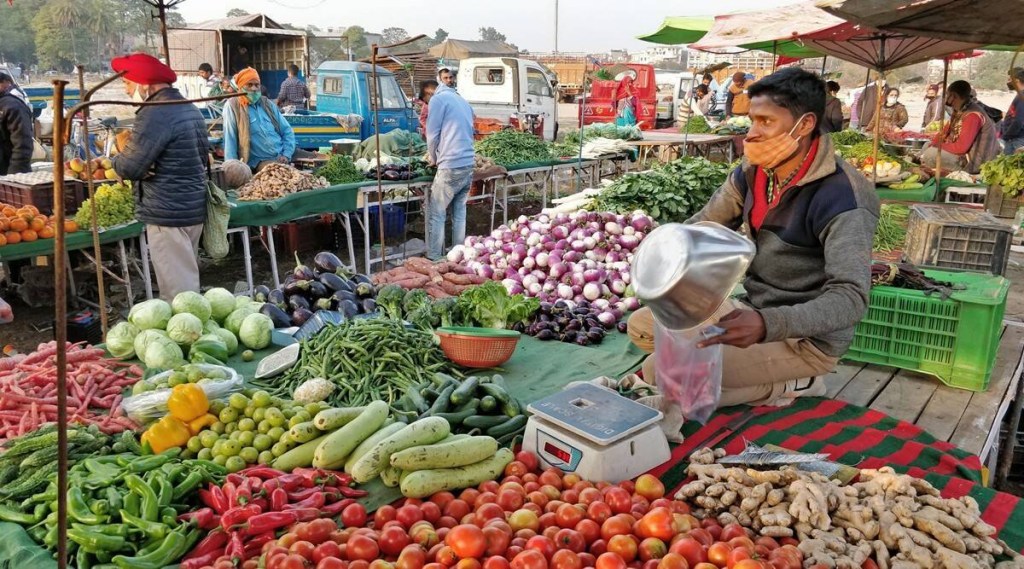The department for the promotion of industry and internal trade (DPIIT) will soon launch a new wholesale price index (WPI), with 2017-18 base year and a revamped product basket, to better capture the structural churns in the economy, DPIIT secretary Anurag Jain told FE.
“The new index will have many more products, which will be reflective of the changes in the economy. The new base year will help improve the quality and representative character of the index. Since there will be more items, the weight assigned to each of them, in most cases, will drop. Prices will be collected from a larger number of establishments as well,” Jain said in an interview.
An expert group, set up to submit technical recommendations on the new WPI series, has suggested the inclusion of 479 products, on top of the current 697 products, in the revamped index. Of course, some products in the current WPI series, with 2011-12 base year, will also be dropped and few more new items will likely be added before the index is finalised.
Inflation estimates, based on the current WPI series, were made available from April 2017.
Some of the new products to feature in the revamped WPI are electric socket and plugs, electronic integrated circuits, pen-drives, DVD players, lifts, gymnasium equipment, mushroom, watermelon, and medicinal plants like aloe-vera, isabgol and menthol.
The new index is set to assign more weight to food items in the primary articles segment and that of fuel and power may go down almost proportionately. The weight of primary food articles will be raised to 17.46% from the current 15.26% and that of the fuel and power segment will be reduced to 11.24% from 13.15%, according to the expert panel’s recommendations. Thanks to the food items, the weight of the primary article segment will rise to 24.83% from 22.62%. The weight of manufactured products will ease by 30 basis points to 63.93%.
Of course, during the final deliberations, the assignment of weight, too, may vary a tad in accordance with the final product list. The extant consumer price index (CPI), however, is dominated by food products, which account almost 46% of the index.
The revision of the WPI series coincides with rising inflationary pressure in the economy, as the Russia-Ukraine conflict has driven up global commodity prices, especially of energy, prompting key central banks to scurry for cover. While the Reserve Bank of India focusses on retail inflation for its targeting framework, the WPI is an important instrument for gauging price pressure at the producers’ level. Moreover, since the WPI is used in the deflator to estimate real growth in gross domestic product, an updated index is crucial to the computation of real growth of national income.
Already, a spurt in input prices has started eroding India Inc’s margin. Against such a backdrop, capturing latest price trends at the wholesale level becomes an absolute pre-requisite to a nuanced inflation reading exercise. Of course, the CPI, with 2012 base year, is yet to be revamped and some analysts have said its product basket is “outdated”. However, a new CPI is unlikely to be in place before early 2025, as the commissioning of a new consumption expenditure survey (based on which the new index will be firmed up) has been delayed due to the pandemic.
Wholesale price inflation hit a four-month peak of 14.55% in March and hit a 30-year high of 12.96% in FY22, driven by both inconducive base and a broad-based spike in global commodity prices. Retail inflation breached the RBI’s comfort level for a third straight month to hit a 17-month high of 6.95%, although the divergence between the two price gauges remains elevated.
